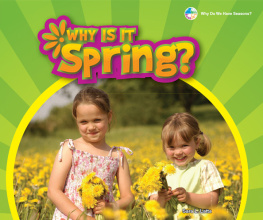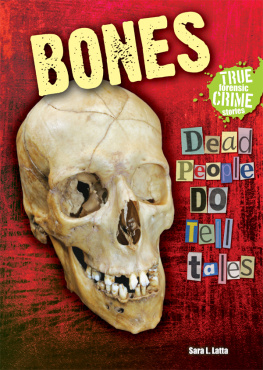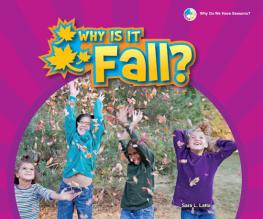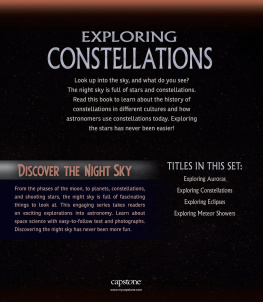When does spring start? Why does the weather get warmer? Why do animals have babies in the spring? Learn the answers to these questions, and many others, as you start learning about the seasons.
Series Literacy Consultant
These books for new readers make science easy to read about and fun to explore!
Allan A. De Fina, PhD, Past President of the New Jersey Reading Association Professor, Department of Literacy Education, New Jersey City University
Science Consultant
These fact-filled books show how much fun it can be to learn about weather.
Harold Brooks, PhD, Meteorologist NOAA/National Severe Storms Laboratory, Norman, Oklahoma
Note to Parents and Teachers
The Why Do We Have Seasons? series supports the National Science Education Standards for K4 science. The Words to Know section introduces subject-specific vocabulary words, including pronunciation and definitions. Early readers may need help with these new words.
About the Author
Sara L. Latta writes about science and medicine from her home in Illinois. She has a BA in Microbiology from the University of Kansas, an MS in Immunology from the University of Chicago, and recently earned her MFA in Creative Writing from Lesley University.
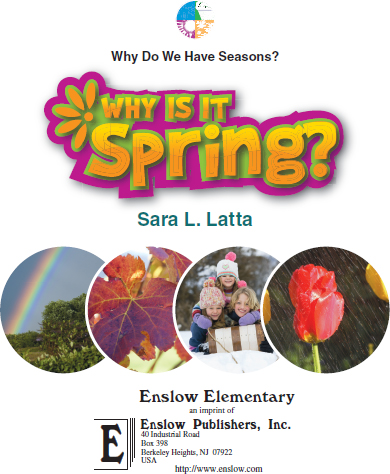
hibernate (HY bur nayt)To spend the winter sleeping or resting.
migrate (MY grayt)To move from one place to another.
season (SEE zuhn)One of the four parts of the year. Each season has a certain kind of weather.
tiltTo lean to one side.
Spring is one of the four seasons of the year. The other seasons are summer, fall, and winter. Each season lasts about three months. In spring, signs of warmer weather are everywhere!



Image Credit: Photos.com, a division of Getty Images
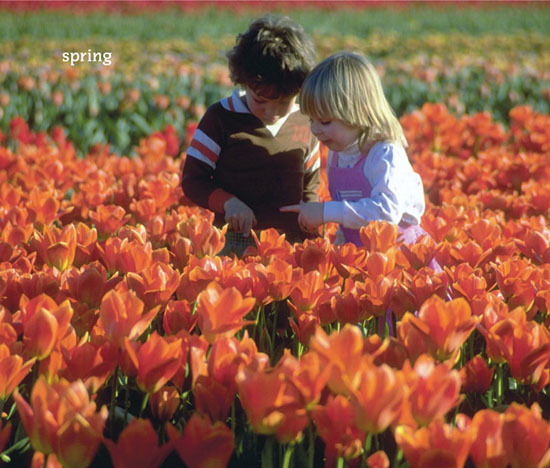
Image Credit: Photos.com, a division of Getty Images
Earth goes around the sun. One trip around the sun makes a year. During this trip, Earth tilts to one side.
The tilt causes more or less sunlight to fall on different parts of Earth.

Image Credit: Mark Garlick/Science Photo Library
In winter, Earth's North Pole points away from the sun. As Earth moves around the sun, the North Pole begins to tilt toward the sun. This is when spring begins.
As the amount of sunlight changes, the weather changes. So do the seasons.
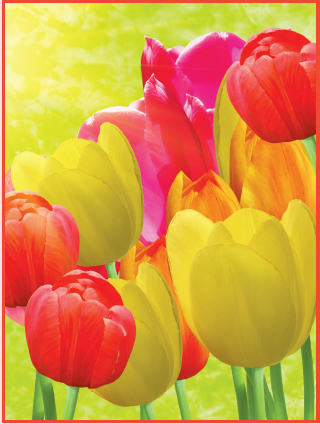
Image Credit: Photos.com, a division of Getty Images
Spring comes after winter. The first day of spring in the north part of Earth is around March 21.
The north part of Earth slowly gets more heat from the sun. The days begin to get warmer. The daytime also begins to get longer. The days seem longer because the sun is out later.
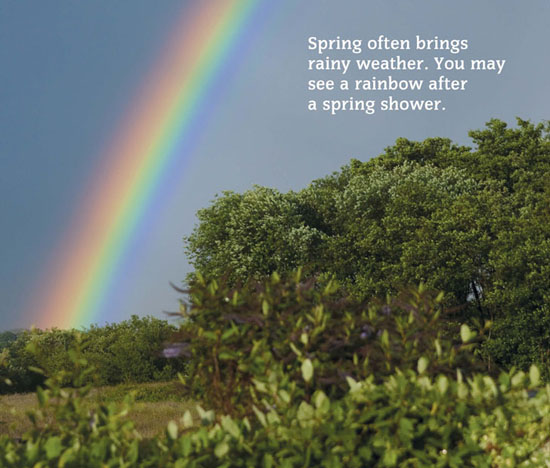
Image Credit: Photos.com, a division of Getty Images
Warmer, longer days help plants and seeds grow. Flowers pop up to brighten the snow and dark ground. Tiny green leaves appear on the trees. New grass begins to grow again.
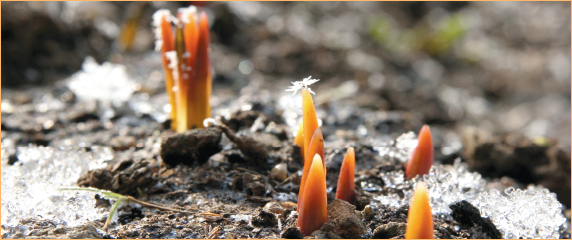
Image Credit: Photos.com, a division of Getty Images

Image Credit: Photos.com, a division of Getty Images
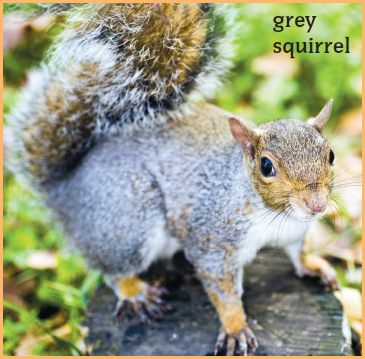
Image Credit: Photos.com, a division of Getty Images
Animals feel the warmer weather and longer days, too. Animals that hibernate in the winter, like bears, wake up. They are very hungry!
They like to eat the young plants that grow in the spring. The food helps them get strong again.

Image Credit: Photos.com, a division of Getty Images
Many animal babies are born in the spring. The new plants give the babies and parents fresh food to eat. They will eat and grow during spring and summer.
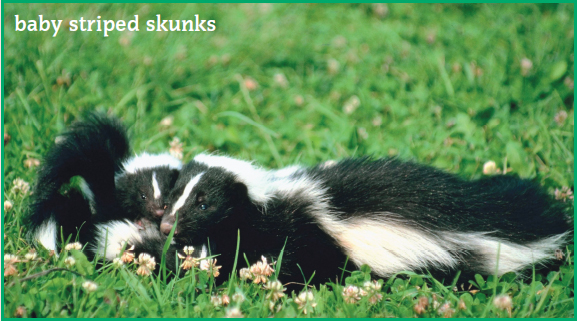
Image Credit: Photos.com, a division of Getty Images
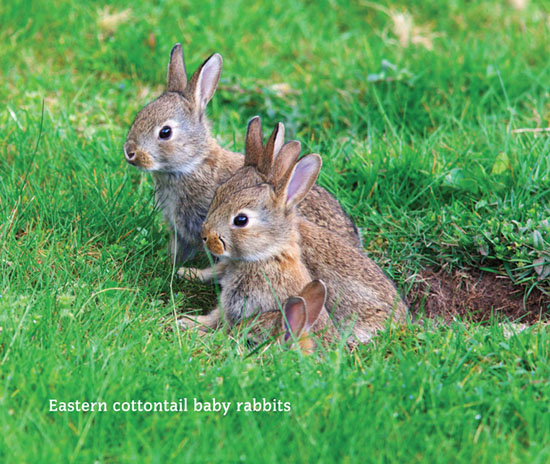
Image Credit: Photos.com, a division of Getty Images
Many animals cannot stay warm or find food in the cold. Where winter weather is too cold, the animals migrate south. It is warmer there.
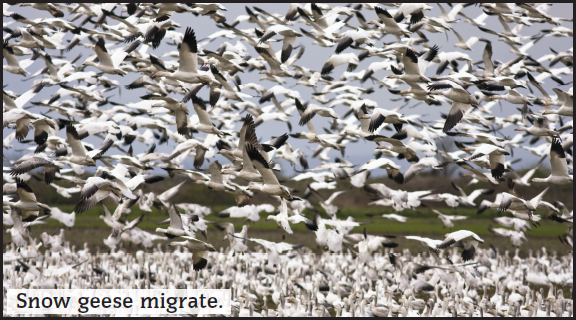
Image Credit: Photos.com, a division of Getty Images
When it is warm again in the spring, many animals migrate back north. The return of the robins is one of the first signs of spring in the north parts of the United States.
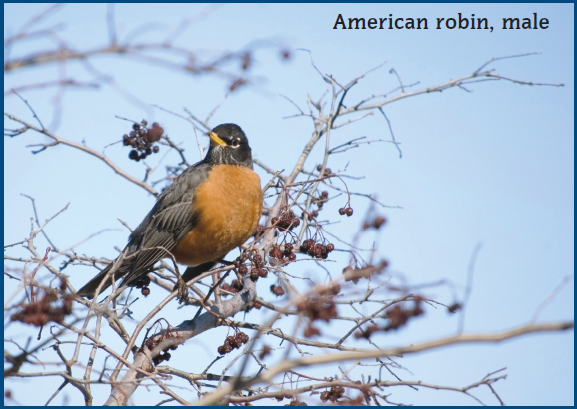
Image Credit: Photos.com, a division of Getty Images
Farmers and gardeners plant seeds in the spring. The rain and warm sun will make their vegetables and flowers grow. Spring has sprung! What will you do?
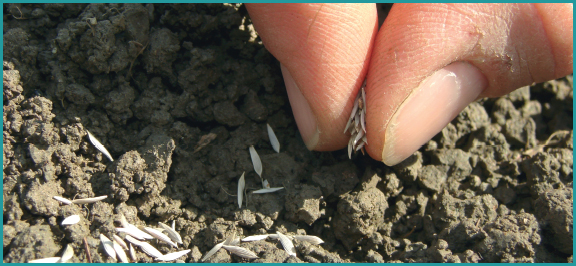
Image Credit: Photos.com, a division of Getty Images
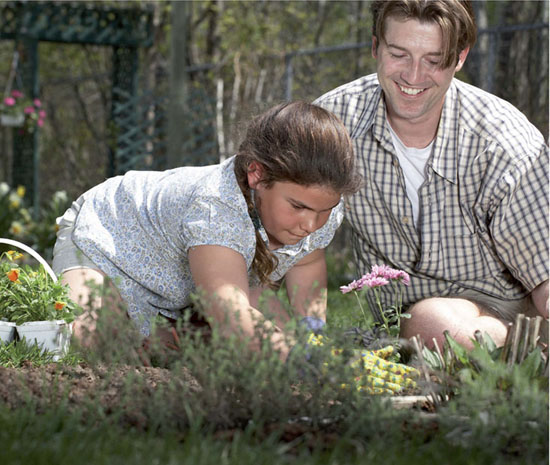
Image Credit: Photos.com, a division of Getty Images


